Lubricant trends
India shining bright
16 April 2024
25 February 2019
The latest automotive engineering brings exciting new tribology challenges
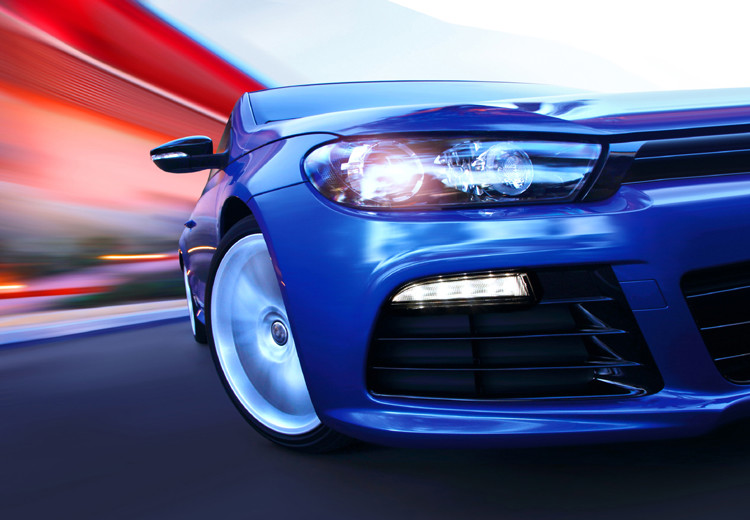
Advanced hardware design, lighter materials, powertrain electrification and new manufacturing processes are just some of the countless options being explored by today’s automakers as they work to cut emissions and improve fuel economy. Bob Gresham, Senior Technical Consultant at the Society of Tribologists and Lubrication Engineers (STLE), talks to Rose Gill, Insight Editor, about the challenges he sees ahead for automotive tribologists.
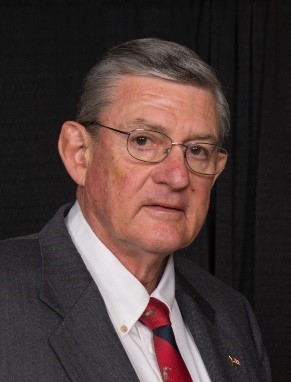 Bob Gresham, STLE
Bob Gresham, STLEThe term ‘tribology’ comes from the Greek word ‘tribo’, meaning ‘I rub’, and is used to describe the study of interacting moving surfaces. It includes aspects of physics, chemistry, metallurgy, material science and mechanical engineering and is being applied in a huge variety of areas.
“Where two surfaces come in contact – tribologists are there,” STLE’s Bob Gresham explains. “Today we can be involved in something as obscure as understanding how geckos can climb up a wall without falling off – using the data, for example, to help with prosthetics and joint replacement technology developments. It's a real multi-discipline area, with people working in a collaborative effort to solve specific problems that arise from contact between two surfaces.”
STLE reports that friction and wear can sap as much as 33% of all usable, device-produced energy and affect product reliability, maintainability, safety, longevity and environmental factors.
In the automotive industry, most vehicles are expected to contain an internal combustion engine (ICE) for the foreseeable future. Here, as Bob explains, tribology is helping automakers to reduce energy loss to improve efficiency.
“In the quest for lighter weight vehicles, we are seeing materials, such as aluminium, being used in vehicle bodies, powertrains and wheel applications. When these new materials, come into contact with each other their surfaces may act unconventionally, which means tribologists need to reassess how to best manage wear.”
Bob sees 3D printing – or additive manufacturing - as a good example here. “Parts made using 3D printing have a different surface structure, and may not wear in the same way as the same material produced using conventional methods.”
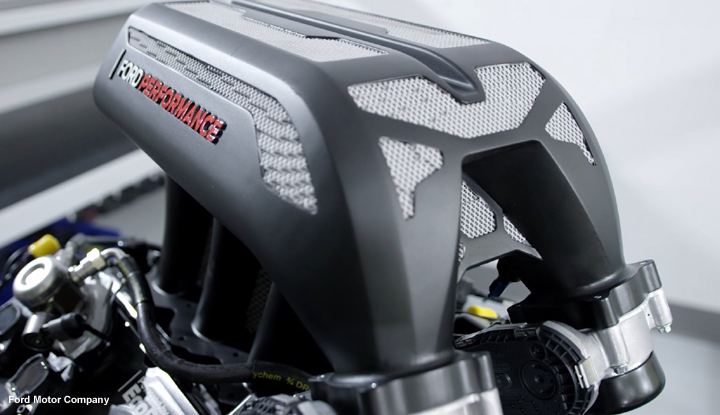 Ford engineers recently produced the largest 3D metal-printed part for a working vehicle in automotive history
Ford engineers recently produced the largest 3D metal-printed part for a working vehicle in automotive history
“Here, tribologists must assess if treatments are needed to change the nature of the surface – for example its hardness or porosity – and if new lubricant additive chemistry is required so that the new surface wears in an acceptable way.”
Another key growth area in the automotive industry is the use of sensor technology, and Bob suggests that the adoption of autonomous driving could be a real stimulus. “In the US the idea of autonomous vehicles is really taking off. One of the reasons is that if the car drives itself, the computer will ensure it is driving as efficiently as possible in terms of energy usage - taking driver variability out of the equation entirely. This means sensor technology is advancing really quickly. As well as being able to check everything around the car from a physical standpoint, sensors can also monitor the oil in real time. That kind of information gives tribologists a better understanding of lubrication issues, how to address them and then to assess if they have actually been resolved - in a much shorter timeframe.”
Bold headlines in the popular press suggest we will all be driving an electric vehicle (EV) soon. But, the recent Emerging Trends Report from STLE reveals the different regional vehicle electrification scenarios depend heavily on the wealth, geography and available infrastructure.
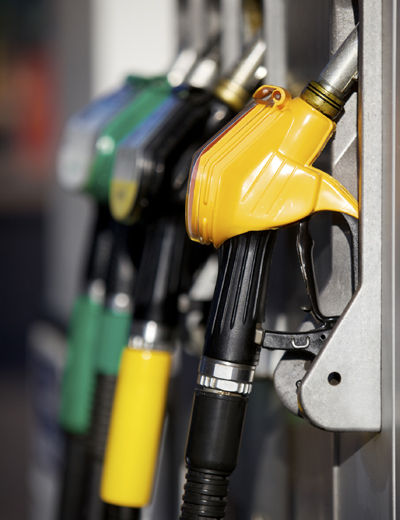 Fossil fuels will remain the dominant transport energy source
Fossil fuels will remain the dominant transport energy source “In the less developed economies, such as Africa, India and South America, high population growth is anticipated, which means in the next 10-20 years they are going to need a lot of energy. When it comes to transportation, I don't think they will be very discriminating about the energy source – it will be about what is available and cheap – and there will be limited capital to invest in what I might call “exotic” infrastructure. I expect fossil fuels to be the dominant transport energy source for years to come and the emphasis to be on high efficiency ICE vehicles that can go a long way on a small amount of gas.”
In the wealthier regions of Asia, Bob sees a very different picture. “China can afford to invest in electric charging infrastructure and, if they can generate enough power to meet their needs, they have a relatively intensified distribution area. This means big cities, such as Beijing and Shanghai, will be ideal sales grounds for full electric vehicles. On the other hand, I see Japan, with its strong auto manufacturing capabilities, looking for technology it can sell anywhere in the world. Hybrids fit the bill here because the combination of ICE and battery mean they are not limited by geography or infrastructure.”
“In Europe,” Bob continues, “the smaller geographic footprint and drive for fuel efficiency are good for EV growth. I am not sure if Europe has enough infrastructure, power generation and power distribution capability to support EVs. But, over the years, the region has led the world in smaller, more fuel efficient ICE cars and, following that pattern, I expect to see an emphasis on EVs here in the future.”
In North America the huge geographic area is challenging for EVs. “Other than the East and West Coast, most of the cities and towns are pretty far apart and the idea of an infrastructure for EVs here seems unreasonable,” Bob explains. “But, companies like Ford, Chrysler and GM want to sell cars the world over, and so they are working on EVs from an R&D standpoint. However, the OEMs are not looking at the US as a major market for EV technologies, although I expect organic growth in the regions that can support it.”
So how does he see the future powertrain landscape panning out? “I think as time goes on, ICEs will be used progressively less in some areas and more in others. But, in the absence of an invention to revolutionise the transportation business, it’s going to be a very long time before the ICE goes away altogether. The timing here is too hard to predict and any forecast is not really worth the ink you use to write it down.”
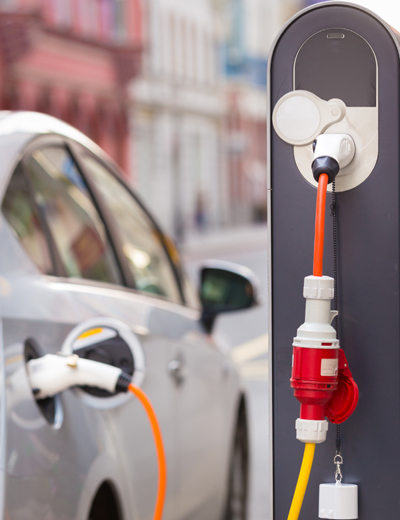 Infrastructure and battery technology require investment
Infrastructure and battery technology require investmentIn terms of real barriers to electrification, as well low population density, Bob suggests that money also plays a big part. “To support EV growth, some sort of infrastructure for recharging must be available - and that includes being able to generate enough electricity for something that uses a lot of energy. Investments in new power plants and decisions on what fuel they are going to use need to be made. This presents huge technical and political hurdles – particularly as renewables are off the table since they cannot generate the energy density required for EVs. This is an area that may generate new tribology issues as the world looks to generate more power with fewer emissions.”
In addition to infrastructure, Bob feels that investments are also needed in the battery itself, which he says is currently too big, too heavy, does not last long enough or charge fast enough and has toxicity and thermal control problems to overcome. “These are all engineering problems that dedicated research could solve, but where is the funding and how long will it take? As near as I can tell, Europe is much more committed to working the issues than other regions – probably second is China and third the US.”
“In my view, although a lot of work is needed, none of the issues will kill the whole idea of an EV, but until you get them solved we are not going to see their widespread use.”
As vehicles are increasingly electrified their lubrication is becoming more complex and new issues are arising that tribologists are working to overcome. “Hybrid vehicles contain some variation of an ICE, with all its associated lubrication challenges. In my view these are not insignificant, particularly as we continue to work to minimise engine friction to reduce energy losses. Since the engine is thought to account for 35% of the energy from a gallon of gas, working to make the ICE more efficient from an oil technology standpoint is still going to require collaborative efforts.”
One thing that is still unclear to me is whether a hybrid will need two different lubrication systems – one for the electric motor and another for the ICE. Bob Gresham, STLE
“Full EVs have about half the frictional wear issues of ICE cars, but we still have to overcome friction from the tyres, braking and remaining mechanical systems, such as the transmission. And, while this means normal lubrication and wear issues still exist, what I think will be different, more so with EVs than hybrids, is the issue of lubricant compatibility with, for example, copper wire and various types of seals. In addition, one of the problems with batteries is managing heat when they discharge quickly – so there may be some thermal transfer issues that the lubricant needs to withstand. Then of course, a big concern is how the lube holds up in strong electric and magnetic fields.”
Another indirect challenge for the lubricant that’s coming from the emergence of EVs and hybrids is that they are much quieter than ICEs. End-users will be more sensitive to road noise and vibrations – something Bob feels the lubricant world can help to address. “This might be by dampening vibration or introducing engineering design techniques - which will need some hand in glove development to achieve. But, I have to say this is not a major issue while there are still relatively few EVs on the road. If you think about the evolution of the ICE, we had noisy and smoky Model T Fords that people thought were wonderful until the volume of cars reached a certain level. I think we will see a similar evolution with the EV – noise and vibration are issues, but not a high priority now.”
It is difficult to quantify exactly what issues EV lubricants will face - partly because it is not 100% clear how future electric vehicles will run. Bob Gresham, STLE
“There are a couple of options here,” Bob confirms. “The first is a traction motor, similar to a locomotive that gives good energy efficiency and lots of torque, which makes me think we will see them in big semis and trucks. Alternatively, a more conventional electric motor can be used, and here we see significant lubrication challenges. The motor might run at 17,500 to 20,000 rpm, much higher than in an ICE-powered car, which generally don't spend any length of time above 5000 rpm. The transmission system then has to take the revs down to the speed required to turn the wheels. I think the way speeds and loads are handled in EVs will be very different from an ICE engine and lubricant technology will need to change.”
“Right now there are a lot of unknowns, what we do know is that thermal transfer, electric and magnetic fields, seals and materials compatibility all need to be handled. To do that we can redesign components, add sensors to monitor performance and alter the lubrication - but it has to be a whole system, collaborative approach. To determine the other issues, tribologists will be looking at every surface in a vehicle that rubs together to assess if it needs fixing.”
Sign up to receive monthly updates via email